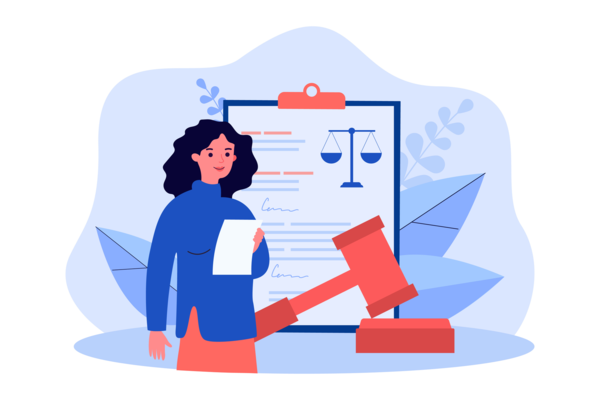Diversity, Equity, and Inclusion
Find out how to incorporate diversity, equity, inclusion, and accessibility (DEIA) into digital experiences.
When digital experiences are designed to be inclusive, they are accessible to all — people with diverse abilities, people who speak different languages, and people from diverse cultural, ethnic, and economic backgrounds. Inclusion creates a better user experience for everyone. When we consider inclusion from the start of designing digital experiences, we create a wider impact for the products and services we design.
Related Policy
Executive Order 14091: Further Advancing Racial Equity and Support for Underserved Communities Through the Federal Government

Diversity, equity, inclusion, and accessibility: essential knowledge
-
Embedding equity in civic design to transform customer experience
Learn how designers in the federal government leverage design methods to build a foundation for improved customer experiences for all people.
-
Inclusive design patterns
See the U.S. Web Design System’s research report and learn how findings lead to library of guidance and examples focused on key digital interactions that foster effective, inclusive, and equitable digital experiences.
-
An introduction to pronouns
Learn how to respectfully use someone’s pronouns.
-
Accessibility for Teams
A quick-start guide for embedding accessibility and inclusive design practices into your team’s workflow.
-
Office of Personnel Management (OPM) | Diversity, Equity, Inclusion, and Accessibility
Use these strategies and actions to meet your diversity, equity, and inclusion goals.
Diversity, Equity, and Inclusion events
Supporting inclusive language through automation
USWDS Monthly Call - August 2022
Diversity, Equity, and Inclusion news
Justice department to publish final rule to strengthen web and mobile app access for people with disabilities
On April 8, Attorney General Merrick B. Garland signed a final rule under Title II of the Americans with Disabilities Act (ADA) to ensure the accessibility of web content and mobile applications for people with disabilities. This final rule clarifies the obligations of state and local governments to make their websites and mobile applications accessible. Learn more about this rule and why the Attorney General believes it will “break down barriers that have kept people with disabilities from fully participating in American Life.” — via Department of Justice

Latinx Identity in Design, Tech, and Government
Celebrating Hispanic (and Latinx) Heritage Month at TTS: An Intersection of Identity and Public Service
Webinar Recap: How to Build Your Digital Dream Team
Five Procurement Strategies for Diverse Digital Services
Resources on Diversity, Equity, and Inclusion
-
An introduction to inclusion
An inclusive culture contributes to a sense of belonging, promotes a healthier and more empowering workplace, respects differences, and optimizes for equal opportunities.
-
FACT SHEET: President Biden Issues Executive Order on Safe, Secure, and Trustworthy Artificial Intelligence
Summarizes the eight sections of the Executive Order: New Standards for AI Safety and Security; Protecting Americans’ Privacy; Advancing Equity and Civil Rights; Standing Up for Consumers, Patients, and Students; Supporting Workers; Promoting Innovation and Competition; Advancing American Leadership Abroad; and Ensuring Responsible and Effective Government Use of AI.
-
Embedding Equity in Civic Design to Transform Customer Experience
This case study describes how two civic designers at different agencies embed equity in civic design to transform federal customer experience.
-
An introduction to accessibility
An overview of how to design and deliver accessible digital products and services in the federal government
-
An advanced approach to accessibility
A deeper look at accessibility: what to do, how to do it, and why it matters.
More News and Events on Diversity, Equity, and Inclusion
18 posts
Justice department to publish final rule to strengthen web and mobile app access for people with disabilities
On April 8, Attorney General Merrick B. Garland signed a final rule under Title II of the Americans with Disabilities Act (ADA) to ensure the accessibility of web content and mobile applications for people with disabilities. This final rule clarifies the obligations of state and local governments to make their websites and mobile applications accessible. Learn more about this rule and why the Attorney General believes it will “break down barriers that have kept people with disabilities from fully participating in American Life.” — via Department of Justice























